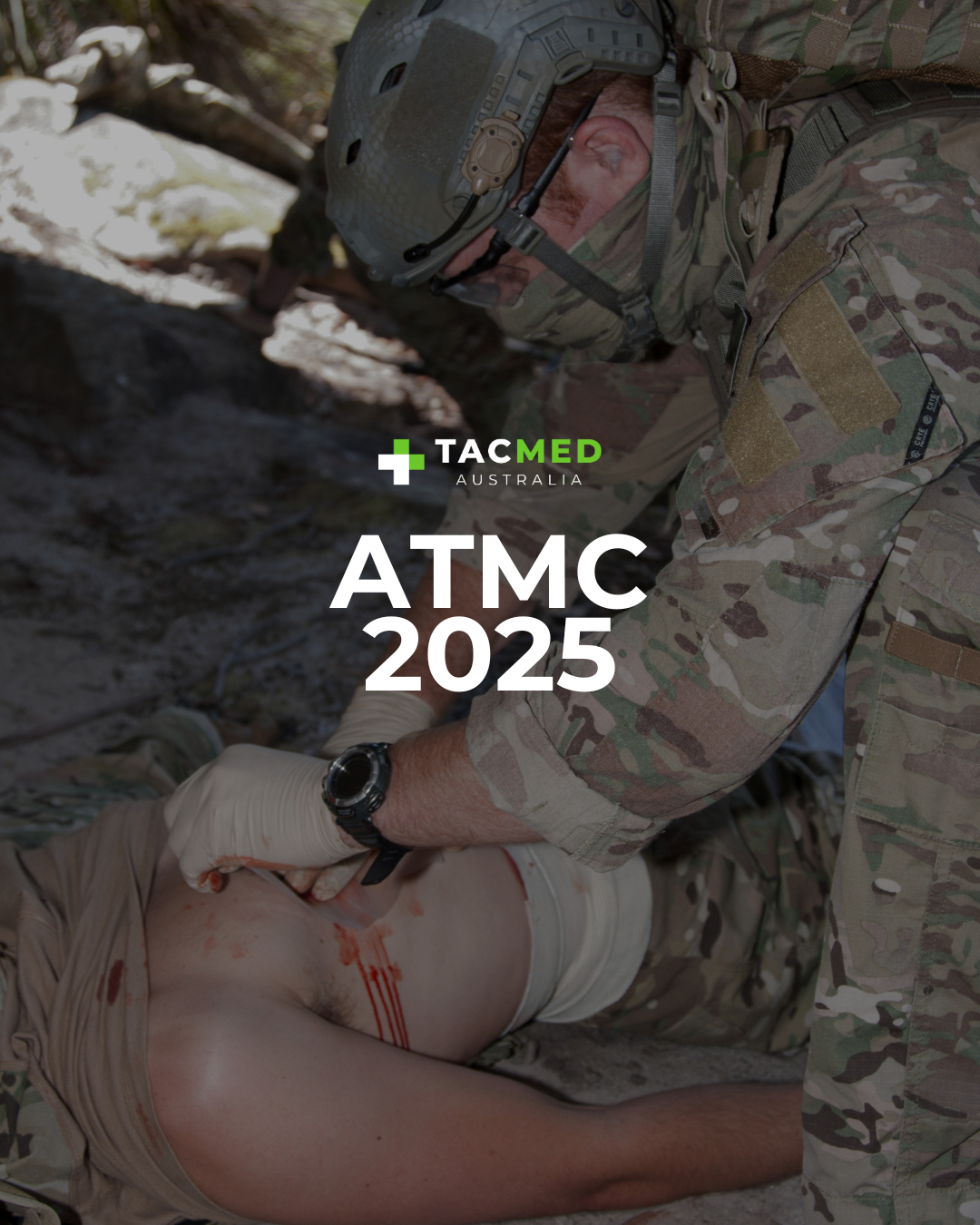10 Second Triage System: A New Era of Emergency Response
Triage: the preliminary assessment of patients or casualties in order to determine the urgency of their need for treatment and the nature of treatment required.

In the fast-paced world of emergency response, every second counts. Quick and accurate triage can mean the difference between life and death for those in need.
The UK has recently taken a ground-breaking step in mass casualty management by introducing the 10-Second Triage System. This innovative approach aims to improve the efficiency and effectiveness of triage at mass casualty incidents (MCI), making it a game-changer for first responders and, ultimately, saving more lives.
In this post, we will delve into the origins of the 10-Second Triage System, explain what it entails, and explore how it benefits first responders compared to other triage systems.
The Genesis of the 10-Second Triage System
Historically, triage systems around the world have been based on the widely accepted five-level categorisation, where patients are classified into categories ranging from "walking" to "expectant" based on the severity of their injuries or illnesses. While this system served its purpose, it often required time-consuming physiological assessments, resulting in delays that could be critical in emergency situations.
The need for a faster, simpler and more accurate triage system became apparent as the increase in MCI's and demands on emergency services continue to grow. Recognising these challenges, the UK began to explore innovative alternatives.
What is the 10-Second Triage System?
The 10-Second Triage System is a groundbreaking approach to categorizing patients in Mass Casualty Incidents (MCI). As the name suggests, the system aims to triage patients within 10 seconds of their arrival to the patient. This rapid assessment enables a quick, simple and effective approach to prioritise a large number of casualties while applying rapid treatment to the preventable causes of death (massive bleeding control & basic airway management).
The system comprises several key components:
- Ability prioritise a large number of casualties quickly
- Focus on providing immediate life-saving interventions (can be done by all first responders)
- Simplicity enables effective use under stress
- Doesn't require physiological parameters such as heart rate & breathing rate ect
How It Works
The Ten Second Triage tool shows the recommended priority triage routes depending on incident characteristics. Each has a ‘yes’, which guides you to the next question, or ‘no’ answer which determines priority (P1, P2 and P3) or Not Breathing. Clinical instruction is in bold.
Walking – Yes = P3
Severe bleeding – Yes – Pressure, Tourniquet, Packing = P1
Talking – Yes – Penetrating injury (front or back) Yes = P1 – No = P2
Breathing – open airway if able – Place in recovery position Yes = P1. No Note breathing – CPR if resources allow.

The 10-Second Triage System represents a remarkable evolution in emergency response triage. Its ability to quickly and accurately categorise patients whilst applying basic life-saving interventions to treat the most critical preventable causes of death. The TST has the potential to save countless lives.
As the world continues to grapple with emergencies and disasters, the 10-Second Triage System stands as a beacon of hope, offering a faster, more efficient, and more effective way to deliver critical care when it is needed most.
References:
- https://journals.sagepub.com/doi/10.1177/14604086231156219
- https://www.england.nhs.uk/long-read/ten-second-triage-tool/
- https://www.england.nhs.uk/long-read/major-incident-triage-tools/






